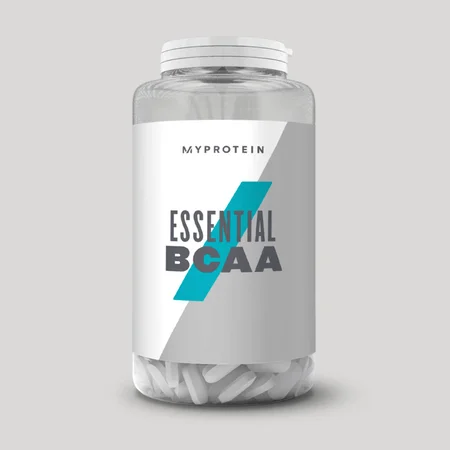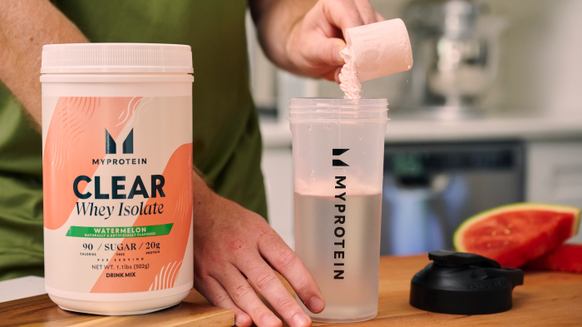How To Increase Aerobic Capacity In 6 Weeks

Increasing aerobic capacity can often seem like a long and quite daunting task. Increasing aerobic capacity is associated with long-distance runs, swims, bikes or rows. But by using some slightly different training systems, you can increase your aerobic capacity quite dramatically in a relatively short space of time.

What Is Aerobic Capacity?
By definition, aerobic capacity is “the maximum amount of oxygen that a person can extract from the atmosphere and then transport and use in tissues”. The more oxygen a person can extract from the atmosphere and utilise within the body, the longer they can work without fatigue.
For people looking to take part in long-distance, endurance events, the main aim of training is to increase their aerobic capacity to enable them to perform better over a prolonged period of time.
In order to increase aerobic capacity, the efficiency and capacity of the cardiopulmonary system must be increased. The main components of this system include the heart, lungs, capillaries and mitochondria.
Traditionally, in order to improve the function of these physiological components, athletes and the general population complete long distance, endurance like events. Which make sense right? To get better at long distance events, train by completing long distance events and aiming to get better each time.
The problem with this is that it is very time consuming and can take a long time for adaptations to occur. The solution? Introduce some high-intensity interval training (HIIT).
HIIT
High-intensity interval training is a mixture of all out, maximum intensity intervals, coupled with periods of low-intensity recovery. For example, a typical session would be split into 10-15 rounds of 30 seconds all out sprinting, followed by 30 seconds of walking or complete rest.
This means a session usually lasts around 15 minutes, so obviously much shorter than a 1-2 hour run. The idea is that due to spending more time at much higher thresholds, HIIT training can induce the same adaptions as long-distance endurance training, but in a much shorter time frame. So let’s have a look at some research into the effects of HIIT on aerobic capacity.
A study performed by Burgomaster et al. (2005), examined the effects of 6 sessions of sprint interval training on aerobic capacity and cycle endurance in humans. The study saw 8 recreationally active subjects complete just 6 sessions (15 minutes per session) of sprint interval training over 2 weeks, with each session separated by 1-2 days. They examined the cellular activity involved in increasing aerobic capacity and of course actual maximum oxygen uptake pre and post-training.
They concluded that after the 2 weeks, the endurance capacity of the subjects had almost doubled when cycling at 70-80% intensity. The findings of this paper were the first to really trigger interest into high-intensity interval training and ever since it has gained popularity in both a research and applied the setting.

The Mechanism
One of the main factors in determining our aerobic capacity is the size and number of mitochondria found within a muscle cell. The mitochondria are small organelles that use the oxygen we breathe to break down nutrients and create energy-rich molecules for the cell to use.
When we perform endurance training, a signalling cascade is activated to trigger mitochondrial biogenesis (the growth and development of existing mitochondria). The bigger and denser the mitochondria become, the more oxygen they can utilize and fuel they can produce in a given time frame. The result? A prolonged onset of fatigue during long distance endurance events.
The study mentioned along with many other papers in this area, highlight the fact that short HIIT training sessions activate the same cell signalling pathways responsible for mitochondrial growth as long distance training. Meaning they are both effective at increasing our aerobic capacity.
Considerations and Recommendations
Obviously, HIIT training is very intense and requires a lot of recoveries, so it’s probably best to include a mixture of both HIIT and more traditional low-intensity endurance type training if your goal is to increase your aerobic capacity. Also, in order to condition yourself for the demands of completing a long distance event, it's important to complete some long distance training sessions.
But there is strong research that including some HIIT training into your schedule will help you get results in a short period of time. So in order to increase your aerobic capacity in just 6 weeks, mix up your training and introduce some HIIT!

Alice Pearson is a UKVRN Registered Associate Nutritionist and UK Anti‐Doping accredited advisor, having obtained a Bachelor’s of Science in Nutrition and a Master’s of Science in Sport Nutrition. She has a specialist interest in the use of sports supplements for improving health, fitness, and sport performance. Alice has experience working with both amateur and elite athletes, including providing nutritional support to Tranmere Rovers FC and Newcastle Falcons Rugby Club. Her nutritional guidance is always supported by evidence‐based research, which she keeps up to date through continuing professional development and independent learning. In her spare time, Alice loves travelling, hitting the gym, and getting stuck into a good book. Find out more about Alice's story here.










